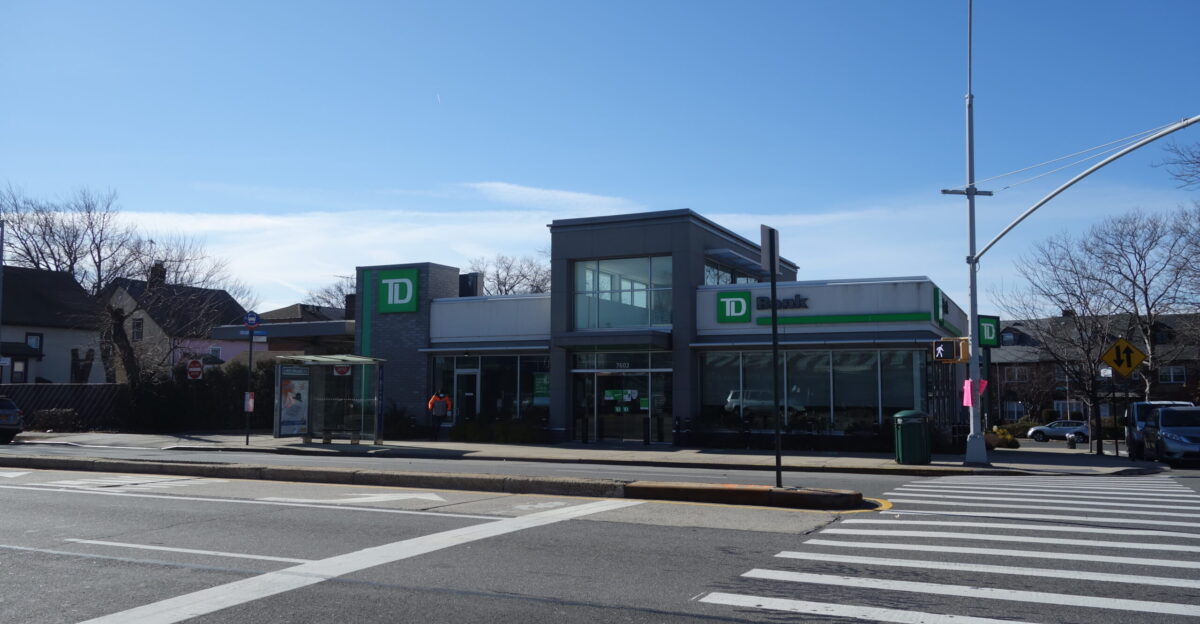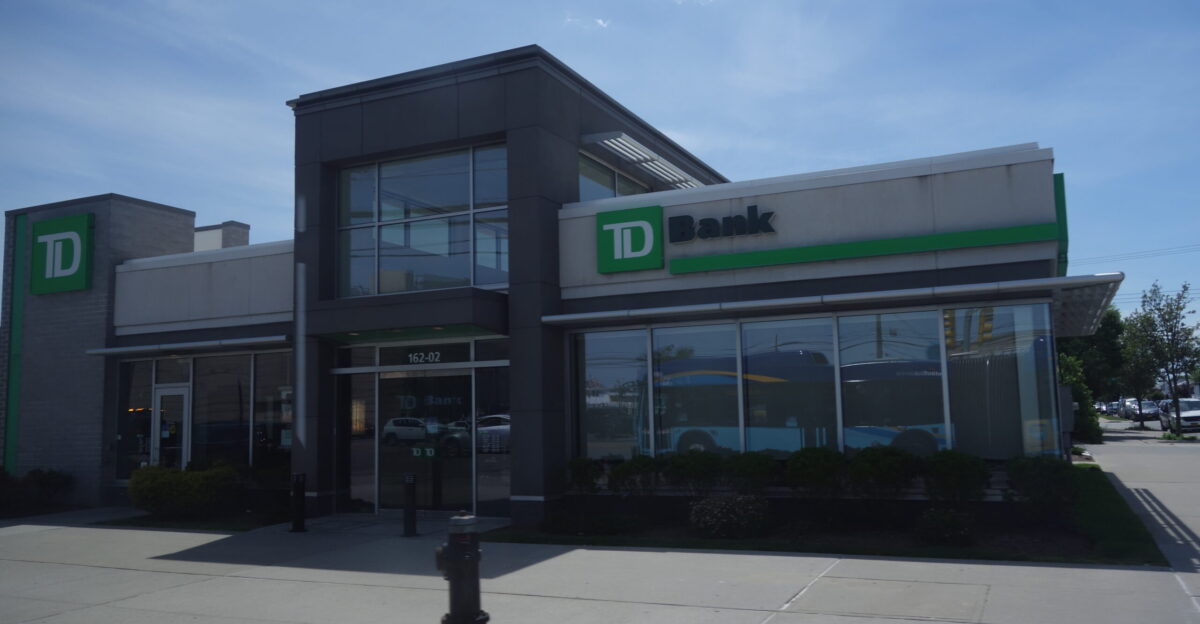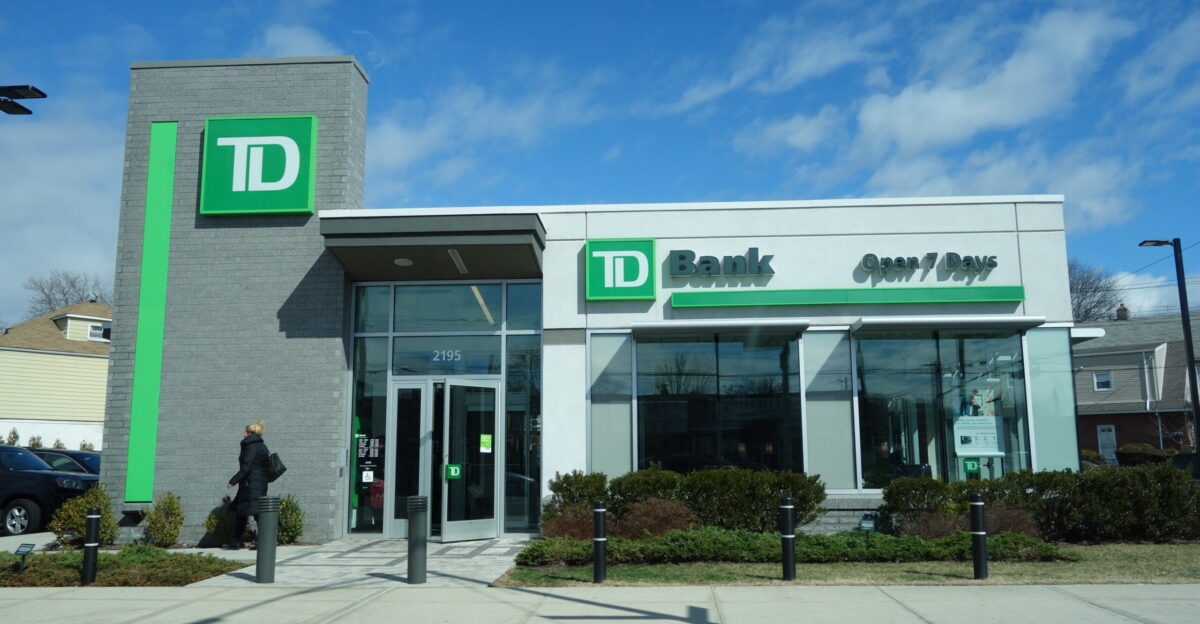
TD Bank, ranked 10th among American banks with approximately $372.8 billion in assets, will close 51 branches and one drive-through location across Connecticut, Florida, Massachusetts, Maryland, Maine, North Carolina, New Hampshire, New Jersey, New York, Pennsylvania, South Carolina, Virginia, Vermont, and Washington, D.C. Completion is targeted for late 2026.
The bank operates over 1,100 branches, making these closures close to 4.5% of its physical footprint. TD Bank management states the decision is based on customer usage and preferences, trending toward digital channels. The closures are part of a plan to reduce or relocate roughly 10% of its retail footprint, focusing resources on digital transformation and operational efficiency.
Historical Role of Physical Banks

For over two centuries, physical bank branches have formed the backbone of American banking, serving as places for personal transactions, local business support, and financial advice. These institutions reinforced community ties and offered stability, but changing consumer habits now lessen the universal necessity for in-person banking, even as segments still heavily rely on in-person services.
Geographic Impact

The closures span 13 states and D.C., with New Jersey losing eight branches, Florida six, New York seven, and Massachusetts six. Some rural and small-town communities, including Lincoln, Maine, Marion, South Carolina, Lake Placid, Florida, Hudson Falls, New York, and North Conway, New Hampshire, are affected.
Some of these areas may lose their only local bank branch. Larger urban areas will retain robust branch networks, but smaller communities face the loss of crucial financial access points.
Shifts in Consumer Preferences

The move toward digital banking responds to measurable changes in how consumers interact with banks. Surveys indicate that a majority use mobile banking apps (55%), with only 8% having visited a physical branch over the previous year.
Younger generations, especially Gen Z and Millennials, heavily favor mobile banking, and even older customers show increased digital adoption. TD Bank’s latest reports highlight over 18 million active digital users, though millions still depend on in-person services.
TD Leadership’s Digital Strategy

TD Bank’s CEO and executive team have set explicit digital adoption targets by achieving 50% of sales through digital channels, 70% digital adoption, and 90% self-serve transaction rates. Strategic priorities include leveraging AI and automation to reduce costs and modernize operations.
Leadership emphasizes these changes are intended to both increase efficiency and align with consumer expectations for digital services.
Financial Market Response

Investors have reacted positively to TD Bank’s announcements. The bank’s shares have seen strong gains, with recent six-month returns above 28% and year-to-date returns in the range of 57-61%, reflecting confidence in the cost-saving and profit-enhancing potential of digital transformation and branch closure strategies.
Challenges for Rural and Small-Town Communities

In rural areas losing TD branches, the impact is significant: residents face reduced access to banking services, advice, and personal financial support. For small business owners, farmers, and the elderly, especially those lacking reliable internet or comfort with digital tools, branch closures present substantial barriers.
While online and mobile banking options exist, not all customers can easily transition, and community loss may be acute.
Employment Uncertainty

TD Bank employs tens of thousands of retail staff in the U.S., however, the company has not specified how many jobs will be impacted by the closures. While some employees may be reassigned, layoffs are expected, particularly in locations where branches close entirely. The lack of detailed public information raises ongoing concerns about community employment effects.
Automation and Artificial Intelligence

Automation and AI play key roles in TD’s strategy, facilitating operational efficiency, improved fraud detection, and enhanced self-serve tools. The bank aims to automate routine tasks and optimize processes, though fully replacing the nuanced service of human financial advisors remains a challenge.
AI improves scalability and cost-effectiveness but can reduce the personalization central to traditional banking relationships.
Regulatory Context

Regulatory agencies allow branch consolidation, provided banks maintain consumer protection standards. There are no government mandates requiring TD to keep branches open, rather, regulations support the shift to digital banking where justified. Laws such as the Community Reinvestment Act focus on service to local areas but do not mandate a specific branch count.
Verified Data Points

Core factual claims, closure count and locations, asset rank and figures, digital adoption targets, and investor response, are supported by TD Bank source materials, investor presentations, industry rankings, and major financial news outlets.
Divided Consumer Preferences

While the majority of Americans are transitioning to digital banking, substantial groups, especially older adults and rural residents, retain preference or necessity for in-person financial services. The closure of branches sometimes forces adoption of digital banking, rather than it reflecting universal consumer preference.
Cost Savings Strategy Details

TD Bank targets $2-2.5 billion in annual cost savings by aggressively consolidating branches, reducing workforce, and investing in technology. Operational benchmarks for digital engagement further reinforce the direction of the strategy, with implications for employment and access to services in vulnerable communities.
Future Role of Remaining Branches

Future TD Bank branches will focus on advisory and complex services rather than routine transactions. This model is oriented toward urban or affluent locales, with smaller communities facing reduced access. Call centers and digital platforms are positioned as alternatives, though they often lack the personal connection of local branches.
Industry Transformation

TD Bank’s closures epitomize a major shift in American banking: optimizing for digital, cost-efficient service and urban, tech-savvy customers, while populations less able to adapt may experience reduced service quality and accessibility. The transformation reflects both evolving consumer behavior and strategic imperatives, but warrants continued scrutiny for its broader impacts on communities and employment.